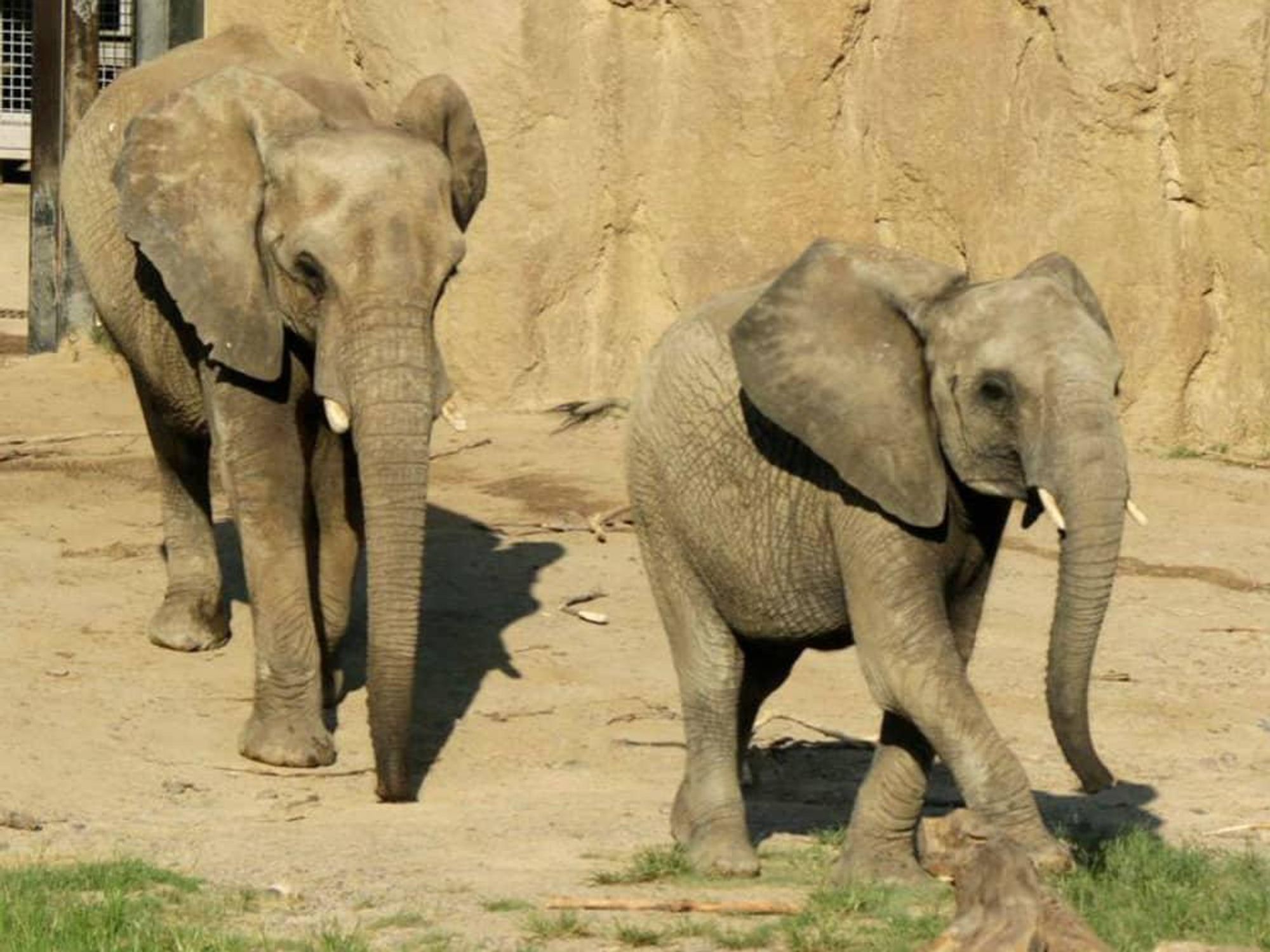Animal News
Dallas Zoo figures prominently in New York Times expose on elephants

The Dallas Zoo comes under careful scrutiny in a newly published story by the New York Times about 17 elephants that were imported into the United States from Swaziland in 2016.
The story, which was published on July 9 and will appear in the newspaper's July 13 weekend magazine, is titled "Zoos Called It a 'Rescue.' But Are the Elephants Really Better Off?"
Short answer: no.
"Despite mounting evidence that elephants find captivity torturous, some American zoos still acquire them from Africa — aided by a tall tale about why they need to leave home," the intro says.
Author Charles Siebert has written about animals for the Times for more than a decade, and has also written several books on the interactions between humans and animals.
In 2016, the Dallas Zoo — in partnership with the Sedgwick County Zoo in Kansas, and Omaha's Henry Doorly Zoo in Nebraska — removed 18 elephants from their families in Swaziland, a move that drew condemnation from conservationists around the world.
The zoos claimed the move was essential because the elephants were crowding out rhinos and other animals, and would be killed if they were not "rescued."
Siebert gets right to the bottom of that.
His research is extensive, executed over a four-year span, and includes visits to all three zoos that were involved in the 2016 elephant import, as well as to Swaziland, where he interviews the anonymous individual who helped expose the zoos' stealthy middle-of-the-night maneuvers to smuggle the elephants out of the country.
The story also offers data on the decline in elephant populations, both in the wild and in captivity, with an estimated 305 elephants at 62 zoos accredited by the Association of Zoos and Aquariums (A.Z.A.) in the United States, and possibly another 70 in other non-accredited facilities, circuses, and roadside zoos.
According to figures from PETA, 76 elephants have died in A.Z.A. zoos since 2000, 24 under the age of 2.
"What is clear is that the captive elephant population in the United States is dwindling at a rate in many ways eerily commensurate with that of their wild counterparts," the story says.
Some of the more eye-popping revelations in the story relate to the Dallas Zoo and include:
- Captive elephants will die out within 40 years unless zoos import new breeding-age females from outside the zoo pool.
- 15 of the 17 elephants "rescued" from Swaziland were breeding-age females.
- The Dallas Zoo claimed that the birth of a baby elephant, Ajabu, two months after the elephants arrived, was a "surprise" — even though the mother, Mlilo, was 20 months pregnant when she left Swaziland and had been monitored by zoo veterinarians long before she left.
- More wild elephant imports to U.S. zoos are currently in the works. Dan Ashe, president of the A.Z.A., tells Siebert that an import of wild elephants from Africa to the United States is being planned, but won't identify which facilities they would be going to.
- The amount of money most zoos spend on conservation is small, and is focused primarily on how to make sure elephants keep breeding in case they need to take more.
- An organization called groupelephant.com had a plan to rescue the Swaziland elephants, which may have pushed the zoos into rushing the import.
- Dallas Zoo director Gregg Hudson contradicts what the other zoos say when he tells Siebert that the zoos did not know about the groupelephant.com offer until after the elephants landed in the U.S. But groupelephant.com's offer was known to the zoos' attorney, and another zoo director says that he and the zoos were well aware.
- The story the zoos told about taking the elephants as a last-minute heroic act to make room for rhinos was just that — a story. One of the zoo directors admits that they began planning the elephant import as far back as 2013.
Siebert quotes Lisa Kane, a retired attorney and elephant advocate, who says that the zoos are desperate because they have so many problems breeding elephants in captivity.
"They don't breed, or if they do the mothers often turn around and kill the baby," Kane says. "They engage in behavior that is completely unknown in the wild. And I think it's because they know on the most fundamental level inside themselves that it's not a life for them. It's certainly not a life for their babies."
